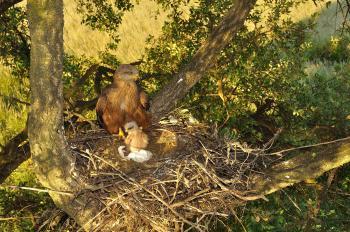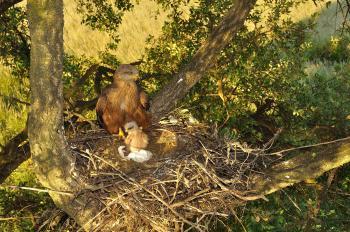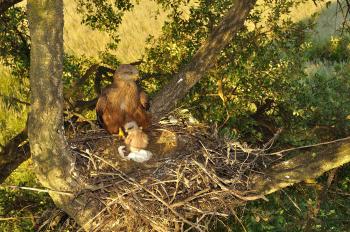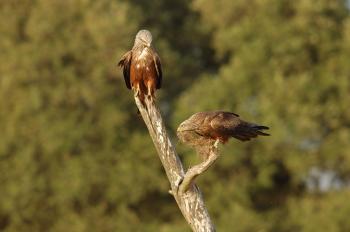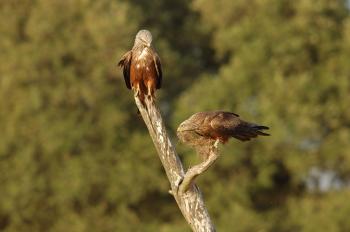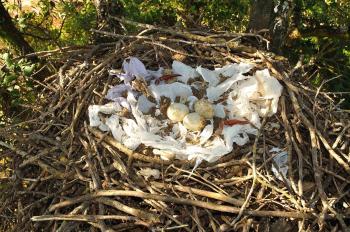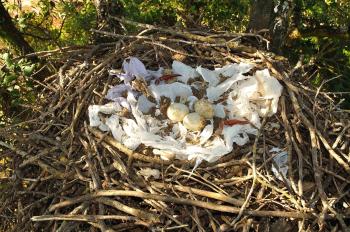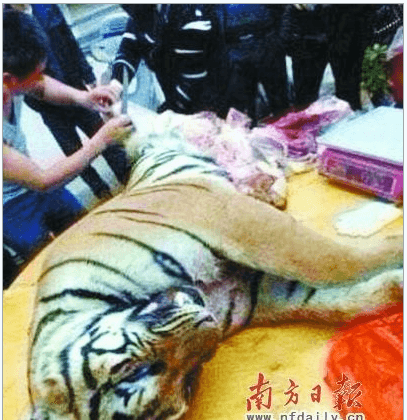A bird of prey has been found to decorate its nest with white objects as a warning to other birds in the same species, according to a study published by Spanish researchers in Science on Jan. 21.
While some animals communicate via physical traits and behaviors, such as bright plumage or call volume, others collect objects to create signals in their environment or “extended phenotype signals.” A well-known example is the male bowerbird, in various species, which builds colorful structures to attract females.
In the case of the black kite (Milvus migrans), adding white objects, particularly plastic bags, to its nest signifies the territory quality and social status of an individual kite, according to the study.
When the birds return from migration, there is competition for breeding territories. The most dominant individuals occupy the nesting areas, but other birds sometimes take over territories and also trespass and steal food, particularly prior to incubation.
During the two to three weeks prior to incubation, the nesting pairs collect white objects, which the researchers hypothesized “serve as an extended phenotype signal of threat against intruders.”
Dr. Julio Blas from the Spanish National Research Council said the study proves that “a nest can actually be a signaling device,” in an interview with The American Association for the Advancement of Science (AAAS).
“And because many animals build a structure for nesting or for other purposes, maybe the use of these extended phenotype signals is way more common than what we currently appreciate,” he added.
The study looked at decoration levels in 127 nests of known birds over five years, and found that 77 percent were decorated during the final 20 days before egg-laying, with a decline during incubation and an increase thereafter. Of the 33 breeding pairs observed, 29 selected only white plastic objects.
The researchers found that nest decoration increased with territory quality, body condition, and also prime breeding age. They noted that less dominant birds did not collect as many items, despite availability, and very young and very old birds avoided signaling altogether.
The rate and success of attacks on intruders also increased with decoration levels. When the scientists added white plastic to the birds’ nests, the birds most quickly removed it, leading to the conclusion that the signal is an honest indicator of a breeding pair’s status.
“This could be similar to the use of different colors for the belts of judo or karate fighters,” Blas told AAAS. “You don’t want to have a color that doesn’t match with the fighting capability, because then you haven’t got any benefit from it.”
Dr. Fabrizio Sergio of Spain’s Biological Station of Doñana said this nest decoration is “basically a ‘keep away, no trespassing’ signal.”
